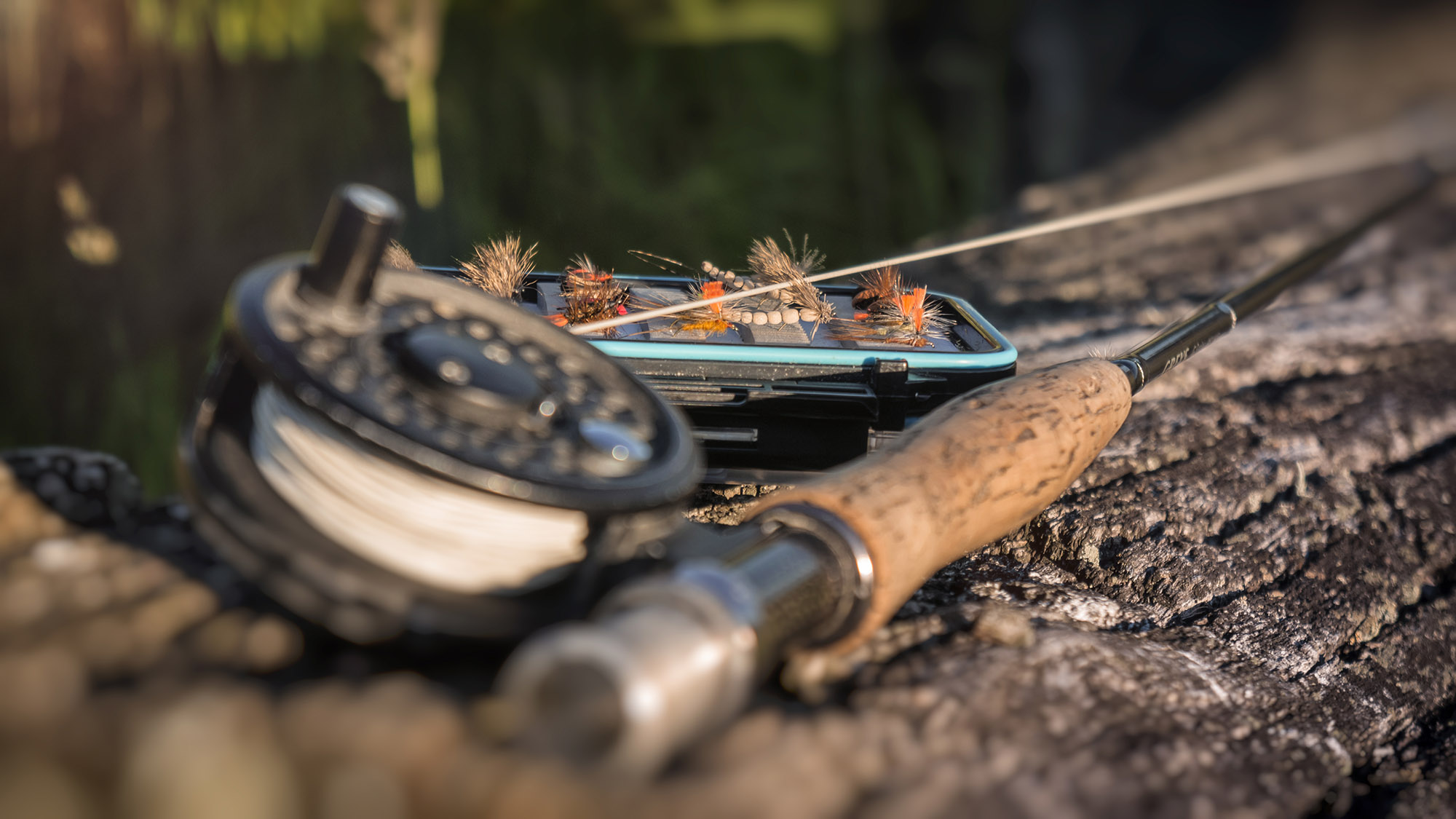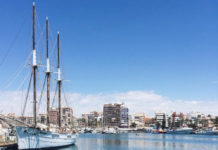Fly fishing is a recreation that offers outdoors enthusiasts the chance to creatively and excitingly explore nature. Whether you do it by floating a dried fly on an isolated river by the mountain or tossing wet fly in freshwater by the forest, fly fishing is a valuable skill. It provides various benefits in the form of friendship, expertise, and local produce.
Fly-fishing promises lifelong memories. Even so, if you wish to treasure the experience, you can take memorable pictures or get a souvenir from the place. Consider it as a gift from nature; after all, gifts like these are worth keeping.
If you’re interested in fly fishing, planning is an essential stage to ensure a fantastic fishing experience. However, fly fishing is not as easy as it may sound. You may want the assistance from a trained fisher or some guidance from Fly Fisher Pro, as it can make a significant deal out of your fishing.
Moreover, as you’re immersing yourself with nature’s absolute best, you need to be dressed appropriately and equipped with the kits to start making the best out of fishing.
Nonetheless, it’s important to note here that it doesn’t only require fitting in the proper clothes but also getting the necessary equipment.

Here are the nine essential things that you should bring when you go fly fishing.
- First Aid Kit
Assuming that you’re aware of the basic clothing and the necessary gears needed for fly-fishing, the most essential thing you should always bring with you is a small emergency kit. It’s a must-have, essential, and handy item. In some occasions, minor wounds, bites from mosquitoes and other insects, nausea and other unforeseen events may take place when you’re outside.
Your first aid kit should contain band-aids, medicines, rolls of gauze, surgical tapes, pain killers, alcohols, and scissors.
- Polarized Sunglasses
Next to first aid kits, you should secure a good pair of polarized sunglasses. This one is not for fashion sake, though. The polarized lenses remove visible reflections and polarize beam of light on streams. Hence, it enables you to see the water clear and allows you to see the depths, pebbles, fishes and more fascinating items. It’s an added advantage as it enables you to catch more fish.
- Hat
You can match your polarized sunglasses with a smart-looking hat, to perfect your fisher look. Hats are a basic piece of clothing required with almost every work as well as hobbies. However, when you go fly-fishing get one that covers your face and neck from sun exposure. Direct sunlight is harmful and may cause sunburns and skin cancer in the worst cases.
On the other hand, when the weather is not too bright and sunny, your hat can also be a protection from cold, moist and harmful insects.
- Sunscreen
In speaking of sunburns, a sunscreen can be included in your to-bring lists in going for fly-fishing. It could be a handy solution in bright days so you’ll never go to work with tan lines. Choose environment-friendly sunscreen protection to help avoid some dangerous chemicals from leaching into the water.
- Snacks
In planning and packing, don’t get overwhelmed and forget about the essentials. After surfing long hours in waters for fishing, you deserve a good snack. There’s nothing like a starving stomach needing to cut the activity short. So, bring along some protein bars, nuts, salads and several boiled sweets.
- Bottled Water
Of course, pick something to go along with your snacks. Aside from having bottled waters to complement your snacks, your body also requires lots of extra water. Put some into your travelling bag and leave some in case of emergencies.
- Fly Leaders
In fly fishing, a fly leader is a trimmed line segment connected to the principal colored fly thread. Whether you’re producing a leader by yourself or purchasing pre-tapered one in the fly-fishing store, it’s extremely important. The tapering of such a line from the segment to a slim front edge helps to bring tension from casting the fly in a fishing session. A limp thread means the line is without any tapering, so the line will fall short.
There are various types and lead sizes, from 0x to 7x. The relatively low the value the finer the line becomes. That means the 7x would be perfect for big fishes, whereas the 0x can succeed in catching smaller fishes.
- Fly Box
What could be worse than having your fly baits all messed up? You should bear that in mind and consider bringing with you a fly box. There’re many fly containers to make things easier to hold your fly baits. A fly box is handy enough and would be easier to locate the flies you like using.
- Strike Indicators
In line with making fly fishing a way easier task for you, stash on your bag some strike indicators. Heavy foams and wool threads are some common indicators of fly-fishing strikes. Fly anglers use these with suspension setups that flies are put under the indicator.
Summing It Up
Planning for a fly-fishing trip doesn’t need to be a hassle. It’s an important part of the journey to prepare and look forward to your fly-fishing days ahead. Thinking about feeling good and relaxed with the right clothes, gears, and kits; would make you even more excited about your adventure.
Yet, you couldn’t expect fly-fishing to be all good at times. Thus, consider the above-mentioned nine essential things, so you can still enjoy the moment. Bear in mind that the right approach of preparedness can sometimes save your day.





